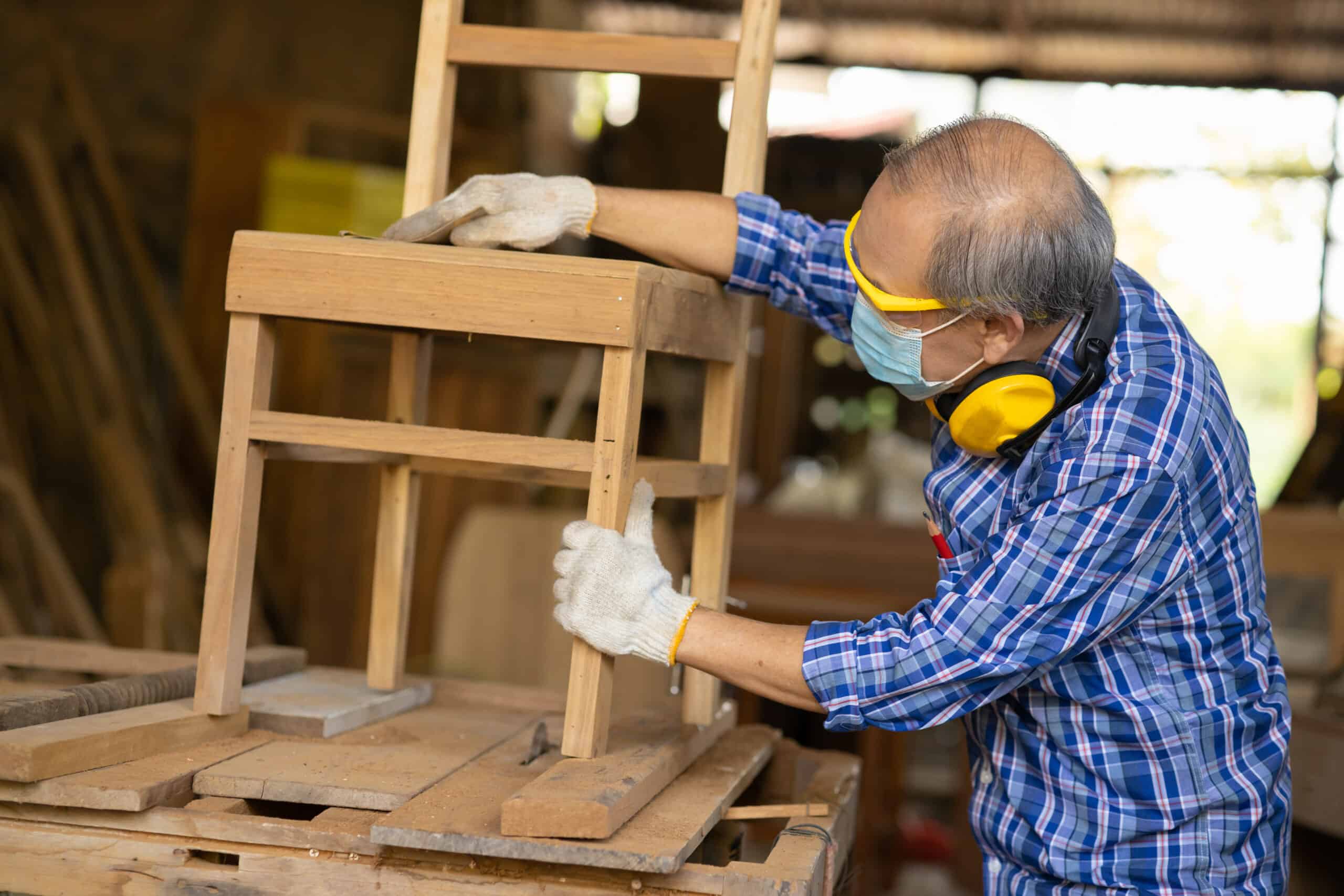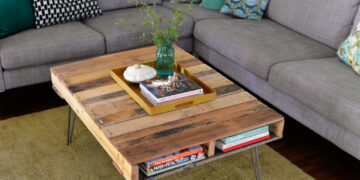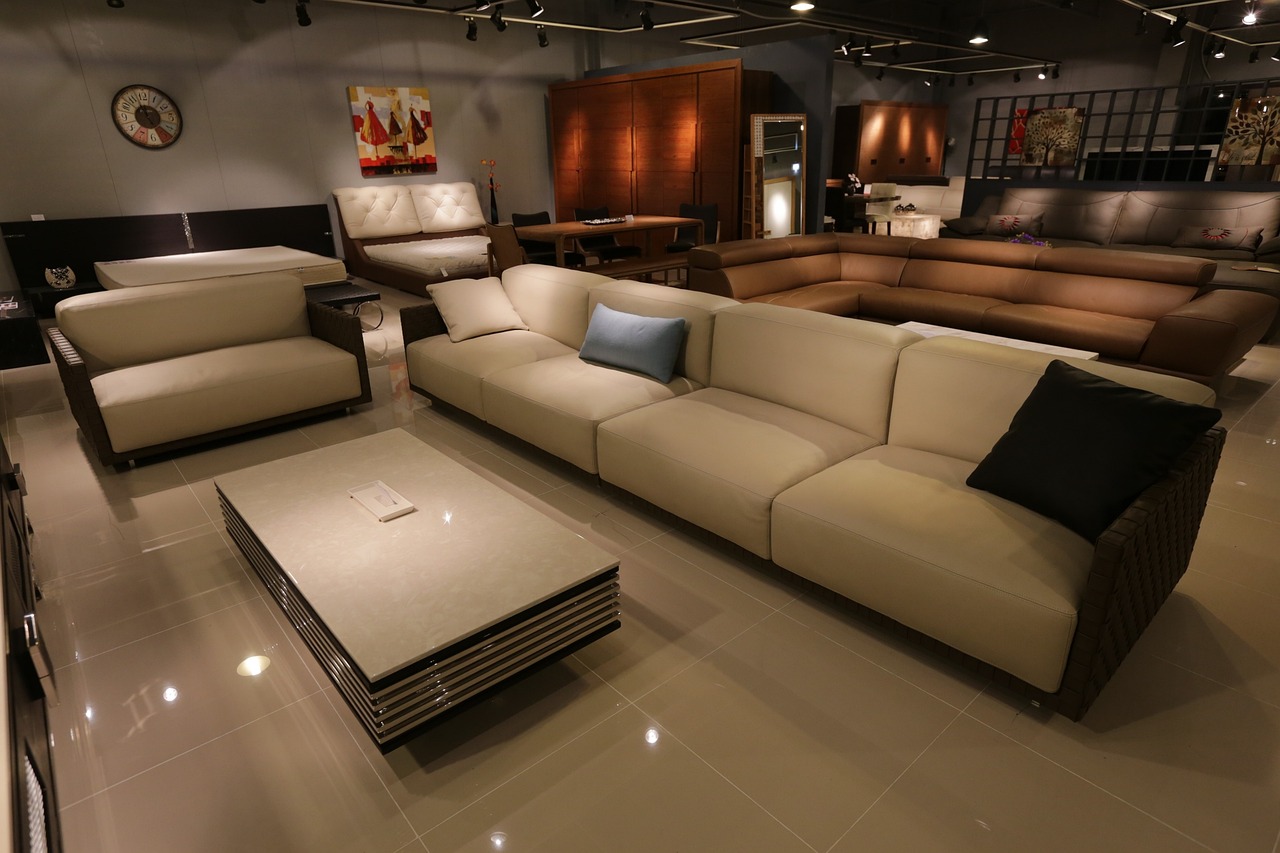When it comes to your home, you probably want it to last as long as possible. That means taking good care of it so that it doesn’t show any signs of wear and tear. Keeping your furniture in top condition helps prevent premature wear, shrinkage, loosening, and general deterioration. It might seem like a hassle to take care of your furniture, but if you do it regularly enough, it will actually save you money in the long run.
Stay away from harsh chemicals
If you want to maintain the color and sheen of the wood in your furniture, avoid using harsh chemicals like bleach, ammonia, or bleach wipes. These products can bleach out the wood, dulling its color and clarity, and reducing its resale value.

They can also cause discoloration, damage, or cracks in the wood itself. Instead, use mild detergents and soaps that are specifically designed for cleaning wood. You should also keep your furniture away from harsh sunlight, as this can damage the finish as well. For tougher stains, consider taking your furniture to a professional cleaner.
Spot clean as necessary
If your furniture is regularly exposed to food stains, spills, or other dirt, you might want to consider cleaning it with a damp sponge. Wood naturally absorbs liquids over time, so keeping it dry will help prevent fading and build-up of stains.
But if you notice a spill on your furniture, clean it up immediately with a damp sponge and water. Make sure you don’t use a scrubbing motion, as this could scratch the wood. If your furniture has a lot of stains, try using mild soap to remove them. Make sure to let your furniture dry completely before putting it back.
Drying Itself
While it’s a good idea to keep your furniture clean, it’s also important to let it dry completely. Even if the instructions on a particular type of air conditioner say otherwise, you should always leave your furniture out in the air for 24 hours. If you keep it in an air-conditioned room, the wood will be too wet when you bring it in and could warp.
Moisture buildup in wood can also cause it to rot. Wood is composed of a series of interlocking fibers, and when it’s too wet, those fibers loosen, causing the wood to expand and warp. Naturally, you want to try to avoid this as much as possible.
When you bring your furniture back inside, make sure it’s completely dry with no moisture left on the wood itself. A good way to do this is to set the furniture on a paper towel on a flat surface, like a tile or hardwood floor. If you don’t have a paper towel, use a towel that is not too absorbent.
Don’t use an abrasive dryer sheet
When you’re drying your furniture, don’t use an abrasive dryer sheet. While they are designed to cut down on static electricity, they can also scratch the surface of the wood, causing lighter discolorations or scratches.
Instead, use a soft, fluffy towel, or even a T-shirt. A soft towel will not scratch the surface of the wood and will help to absorb excess moisture from the wood. It will also help to reduce static build-up. A soft, fluffy towel is the best option for drying wood. You can also use a clean rag to wipe down wood furniture.
Take care of wood joints
Wood joints are a common cause of damage and wear. Over time, these joints can loosen and become loose, causing the wood panels to separate. While this is not a common occurrence, it is something that can happen. Wood joints should be cared for in the same way as the actual wood.
The best way to prevent this is to keep the wood joints in your furniture in good condition. To do this, use a joint repair paste to fill in any gaps and joints, and keep the joint area in good condition with a toothpick. If any gaps or holes are left untreated, they can quickly wear down the rest of the piece.
Wood joints can also be sealed with a wood preservative. This can prevent the joints from loosening and can also extend the lifespan of the wood itself. A few drops of this liquid can go a long way, so make sure to apply it evenly and regularly.
Seal up moisture and dust leaks
Moisture and dust build-up in your home can damage your furniture. To prevent this, seal any cracks or holes in your furniture with an indoor wood sealant. This will lock in the moisture and dust, keeping them from damaging the wood. Make sure to use a wood sealant on all joints, as well as the edges of the wood itself.
Wood sealants come in a variety of formulas, and some can even be used as outdoor wood protectors. Look for a sealant that protects against moisture and is made specifically for indoor use. Depending on the quality of the wood in your furniture, you may want to apply a couple of coats to protect it from moisture and dirt.
Conclusion
Furniture is an investment, and it’s important to take good care of it. Regular maintenance will help you keep your furniture in great shape and save money in the long run. Follow these maintenance tips, and your furniture will last a lifetime.
























